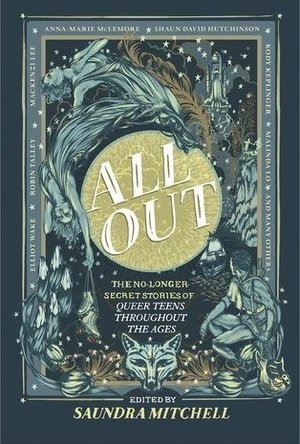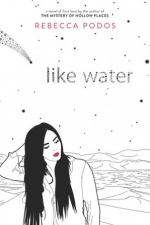There was a decent amount of cultural diversity while remaining mostly centered in the US; Chinatown in 1950s San Francisco, 1870s Mexico, Colonial New England, 1930s Hispanic New Mexico, Robin Hood-era Britain.
The stories were really good, I just wish they'd included a bisexual story and a transwoman. They did have an asexual girl, which is a sexuality often overlooked, so that was nice.
It's a great collection of stories, just limited in scope. They could have cut a few F/F stories and added in bisexual, nonbinary, and transwomen, and lived up to the open umbrella of the "queer" label a bit more. I really enjoyed it, I think I'm just a little disappointed because I was expecting more of the spectrum.
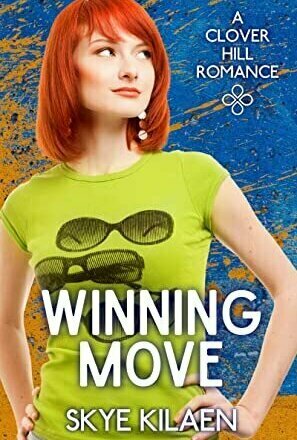
Winning Move (Clover Hill Romance #1)
Book
Marek's nerdy charm is an unstoppable force. Gina's anti-dating policy is an immovable object. Or...
Contemporary LGBTQIA+ Romance Small Town Romance Novella

Spanish Siesta (Flying into Love #2)
Book
Matt Robinson just got dumped. Again. With his sister’s wedding on the horizon, he needs a plus...
Contemporary MM Romance Bisexual
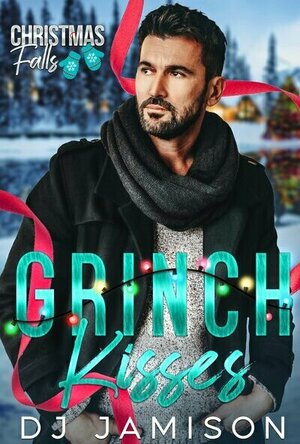
Grinch Kisses (Christmas Falls #1)
Book
I'm the grinch who saves Christmas … Yep, you read that right. Every year I save Christmas--and...
Contemporary MM Bisexual Seasonal Romance
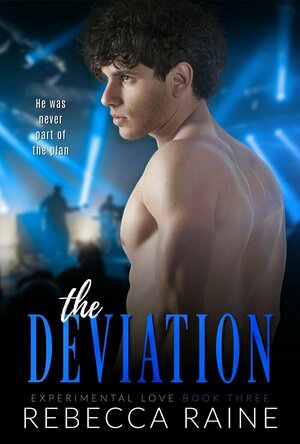
The Deviation (Experimental Love #3)
Book
When my quiet life fell apart, he turned up the music in my soul. How do I pretend we never...
Contemporary MM Romance Rock Star Romance Bi Awakening Forbidden Love
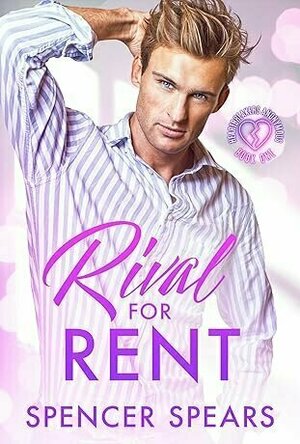
Rival for Rent (Heartbreakers Anonymous #1)
Book
Rule #1: Don’t become a bodyguard to the kid you used to bully. Mason: In my defense, I didn’t...
Contemporary MM Romance Enemies to Lovers Bisexual Awakening Forced Proximity
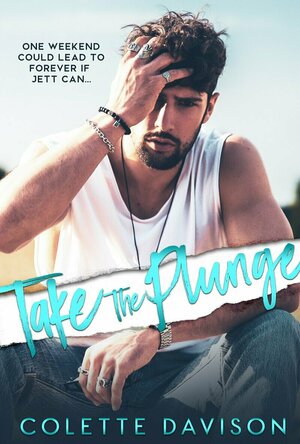
Take the Plunge
Book
Jett didn’t expect to spend the weekend trapped in a remote holiday house with his best friend’s...
Contemporary MM Romance Forced Proximity Friends to Lovers Bisexual Exploration

Blue Jay (London Stories #3)
Book
Boxing was all Alex had ever known, his entire being now shattered beyond repair. One night and four...
Contemporary LGBTQ+ Romance

Playing the Game (Love Goals #2)
Book
After Brockton FC publicly declared itself a safe space for gay players, Swedish midfielder Jonas...
Contemporary MM Sports Romance
Goddess in the Stacks (553 KP) rated Like Water in Books
Dec 17, 2018
Much of the angst in this book comes from Savannah not knowing if she has the same disease her father does, and she's not sure if she wants to know. Altogether, in this book we have chronic illness, hispanic teens, bisexual, lesbian, and genderqueer teens, small-town angst....there's really a LOT of demographics covered in this book.
I like Savannah, but I don't like her love interest, Leigh, very much. Leigh does NOT have her shit together, and between drinking and doing drugs, all while underage, she poses a very real threat to Savannah's well-being.
I'm a little nonplussed by the ending of the book. It leaves a few questions unanswered, but not in a cliff-hanger-y way. It's more of a possibilities-left-open kind of way. Which makes sense for a "first love" romance. It's not necessarily a "true love" story. It reminds me of John Green novels in that way.
So - it's a great book for representation, but don't expect a tidy, wrapped-up ending. You won't find that here.
You can find all my reviews at http://goddessinthestacks.com
